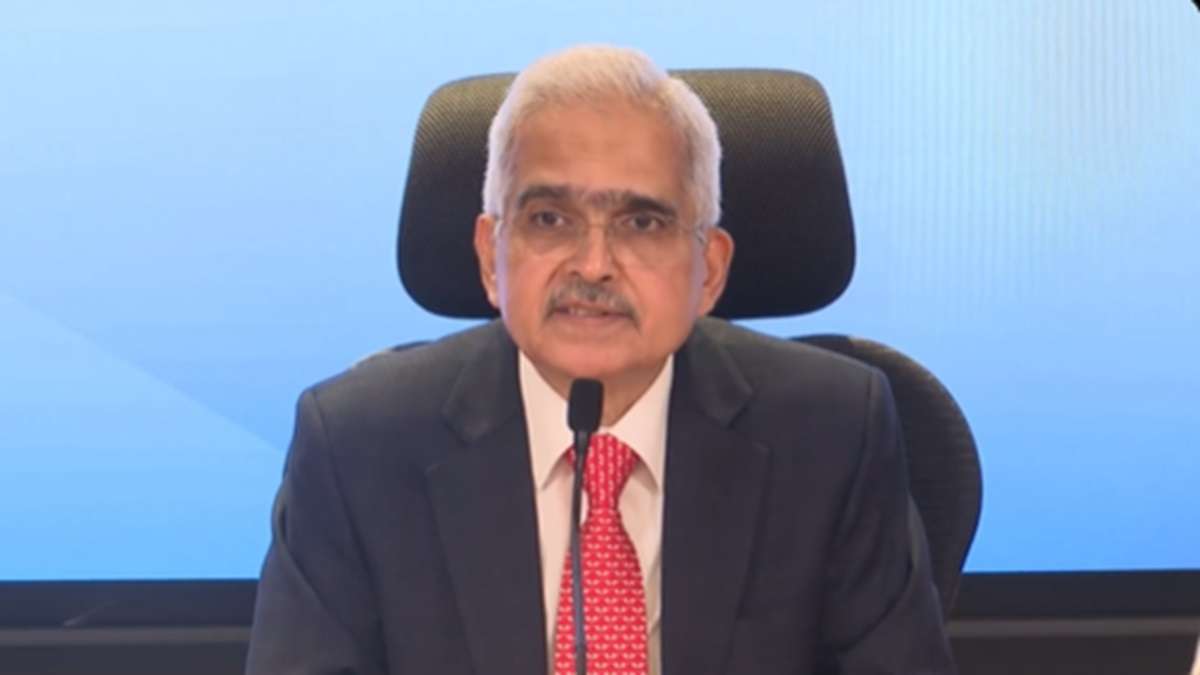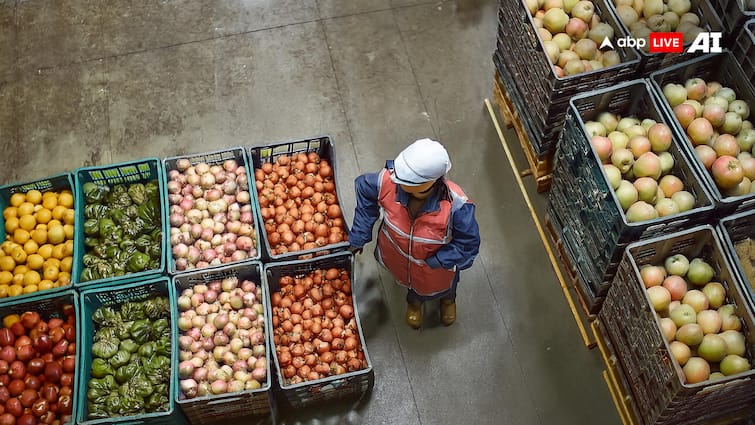
Why hasn’t RBI cut policy rates despite its lack of control over food inflation?
Live MintWith a 8% fall in stock prices from their peak on 26 September, those who make money from the business of selling stocks seem to be getting jittery. Once RBI cuts the repo rate, the hope is that banks will cut the interest rates at which they lend, people and businesses will borrow more and spend more, and this in turn will help the earnings of companies grow faster, thus ensuring that stock prices continue to rise at the rapid pace they have over the last few years. Maintaining interest rates at higher levels has been one part of this strategy to control non-food non-fuel inflation. This is referred to as ‘narrow money.’ RBI has controlled the growth in narrow money over the last few years so as to control non-food non-fuel inflation. In this scenario, if RBI had decided to cut the repo rate, banks would have cut their lending rates.
History of this topic

Growth slowdown: Why lay a deeper economic malaise at RBI’s door?
Live Mint
Retail inflation slows slightly at 5.48%
Hindustan Times
Retail inflation eases to 5.48% in November from above 6% in October
India Today
Staying the course: On the RBI and inflation
The Hindu
RBI monetary policy decision: Is an RBI rate cut coming after Union Budget 2025? What experts suggest
Live Mint
RBI MPC verdict today: Repo rate to GDP, inflation forecasts— here are 5 key indicators to watch
Live Mint
'Our job is…': RBI Governor defends policy action amid criticism over lending rates
India Today
RBI keeps key lending rate unchanged at 6.5%, focus remains on tackling inflation
India Today
RBI cuts growth forecast to 6.6 per cent, revises inflation estimate to 4.8 per cent for FY25
India TV News
RBI MPC meet: Growth needs a boost, but will inflation hold back rate cut?
India Today
RBI to keep repo rate unchanged at meeting next week, chances of rate cut in Feb increased: Report
Live Mint
RBI Likely To Hold Interest Rates Amid Inflation Surge; Economists Push Rate Cut Forecast To February
ABP News
Ajit Ranade: Inflation control holds primacy as an objective for RBI
Live Mint
India’s central bank should adhere to its inflation-targeting mandate
Live Mint
Inflation behaving more like a magician who tricks you again and again
New Indian Express
Piyush Goyal wants RBI to cut interest rates. Shaktikanta Das responds
India Today
DC Edit | RBI may have to defer rate cut
Deccan Chronicle
‘Absolutely flawed…’: RBI should boost growth with rate cut, says Union Minister Piyush Goyal; Governor Das responds
Live Mint
India trade minister says central bank should cut rates, look through food prices
Live Mint
Mint Quick Edit | Inflation above 6%: There goes a December rate cut
Live Mint
Why October inflation numbers may delay RBI interest rate cut
India Today
Spectre of food inflation haunts the economy again
New Indian Express
Retail Inflation Soars To 6.2% In October, Exceeding RBI's Tolerance Limit
ABP News
India’s 14-month high retail inflation fades hope of December rate cut
Live Mint
Can October CPI inflation numbers alter RBI’s monetary policy path?
Live Mint
Why Fed rate cut isn’t the only factor shaping RBI meet
Live Mint
Avoid haste on shift to core CPI
Hindustan Times‘Abandoning RBI’s inflation target regime could be risky, counterproductive’
The Hindu
Can the Reserve Bank of India rein in food inflation?
Hindustan Times
RBI maintains calm against global noise
Live Mint
Food prices can’t be overlooked for inflation targeting, says Das
New Indian Express
RBI MPC 2024: RBI can’t ignore food inflation while framing monetary policy: RBI Governor Shaktikanta Das
The Hindu
Flare-up in vegetable prices stalls overall disinflationary trend: RBI officials
The Hindu
Retail inflation rises to 5.08 per cent in June, says govt data
Hindustan Times
RBI monetary policy: MPC keeps FY25 inflation forecast unchanged at 4.5%
Live Mint
Monetary Policy Committee Members Stay Cautious on Elevated Food Inflation Risks
Deccan Chronicle
DC Edit | Cautious RBI targets inflation
Deccan Chronicle
Food inflation keeps RBI worried
The Hindu
High food prices prevent swifter fall in inflation to 4% target, says RBI bulletin
Live Mint
Food concerns in inflation data
Hindustan Times
MPC minutes: Inflation outlook clouded by food prices, weather shocks, says RBI Guv
Hindustan Times
Inflation preview: India’s CPI expected to be around 4.6-4.9% in October
Live MintRetail inflation likely eased in September, but may be higher than RBI hopes
The Hindu
RBI Policy meet: Key things to watch out for
Live Mint
RBI MPC Meet Next Week: The Dilemma Between Growth and Inflation
News 18
Why inflation will keep policymakers guessing, impact festive spending
India TodayRetail inflation eases; food prices still bite
The Hindu
RBI becomes cautious of surging food prices
Deccan Chronicle
A surge foretold: On inflation data
The HinduDiscover Related

















)

)







)













